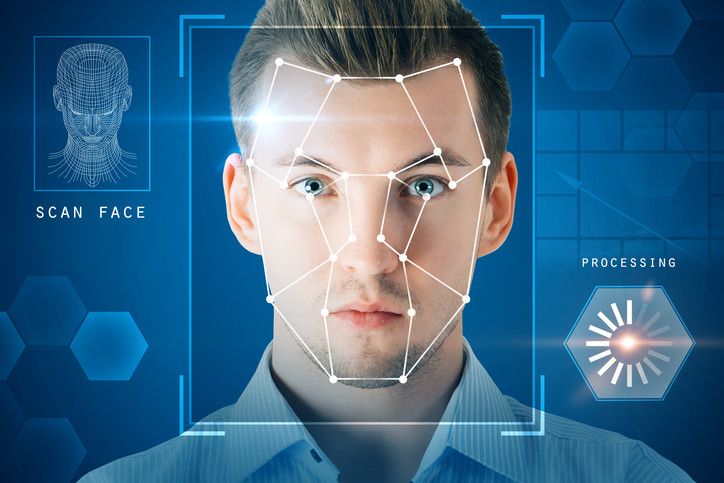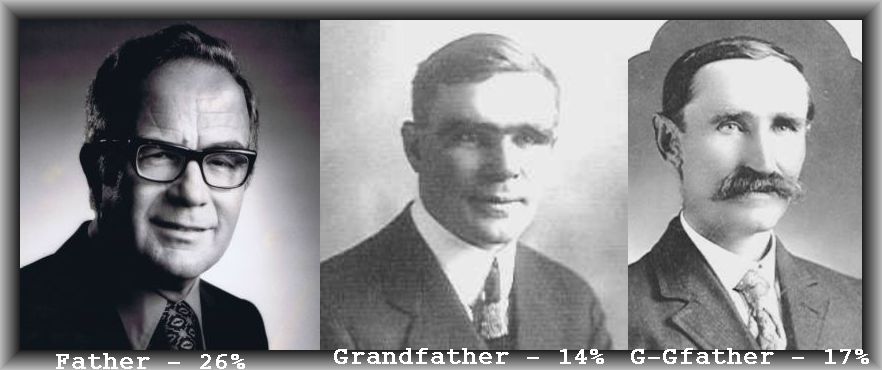Exploring FamilySearch’s Facial Recognition Tool

Facial recognition software has penetrated everyday life for many people. No longer just the domain of law enforcement, facial recognition is now being used as biometric authentication for various computing platforms and devices including smartphones.
FamilySearch has even gotten into the act with their “Compare-a-Face” application that you can use to compare an image of yourself against other uploaded family photos to see how closely you fit the family resemblance. I decided to give this tool a try and was intrigued by the results. In this article, I will perform several quick and dirty tests to try and measure just how accurate the tool really is.
Facial Recognition Technology
Compare-a-Face isolates the faces from your uploaded family photos and then makes a series of measurements. It maps each individual's facial features using specific measurements such as the length or width of the nose, the depth of the eye sockets and the shape of the cheekbones as well as other factors into what is known as a faceprint.
The theory is that: just as fingerprints are unique to an individual, a faceprint should also be unique to an individual. Faceprints then form a basis to compare individuals and compute a numeric measure of closeness in the form of a percentage ranging from 0 to 100%.
The big unknown here is how truly unique these faceprints
are across a wide population of people.
Put another way, can someone who is not in the least bit related to you
share your same faceprint measurements? If so, how often do these false positives happen? If facial recognition technology is to get any real traction as a viable genealogy tool, these questions need to be answered.
Obviously, I can’t get an answer to these deep questions in this article, but I can form an opinion about the tool's accuracy by executing a couple of practical experiments against my own family photographs and judge the outcomes against my own expected results.
Experiment #1
In this experiment, I dug up some old photographs of myself throughout the years. The photographs are spaced out in roughly 10-year increments of time. The theory is that the tool should be able to accurately compare a current photograph of myself to a series of pictures of myself over the years.
Experiment #1 Results

I expected the tool to be able to accurately compare all the photographs with a high (90% or more) degree of accuracy, after all these are all photographs of the same person. What surprised me was that the earlier photographs matched so poorly. I suspect that has to do with changes in facial structure as I aged. I surmise from the outcome that comparing pictures of children or adolescents with adults is probably not a good idea. This is something to keep in mind as you use the tool.
Experiment #2
The second experiment is designed to measure how closely I resemble the male members of my paternal line. Being a male, I wanted to see how closely I resembled the male members of my direct paternal family line.
Experiment #2 Results

I found it a bit shocking that I didn’t have a closer resemblance to my own father. I was expecting the percentages to go down with each generation since family genetics tends to get more and more diverse with each generation as new female DNA is introduced.
Conclusion
After evaluating the results of my experiments, I would have to say that the Compare-a-Face tool is not much more than a
novelty at this point. It seems that facial recognition comes up short when
time-frames are stretched to decades over multiple generations. Unfortunately, reaching back over the decades and generations is precisely what genealogists are looking to do and the technology is just not up to the task.
Read related articles: Product
Reviews
Beginner
Guide
Genealogy Quick Start Guide for Beginners
Applying the Genealogy Proof Standard to your Research
Google Genealogy Research Toolbox
Find Records
Researching Ancestors through Military Records
Using the National Archives (NARA) for Genealogy Research
Using U.S. Census Records
Canadian Genealogy Research using the Internet
Tips
Genealogy Source Citations Made Easy
Listening to Genealogy Podcasts Made Easy

